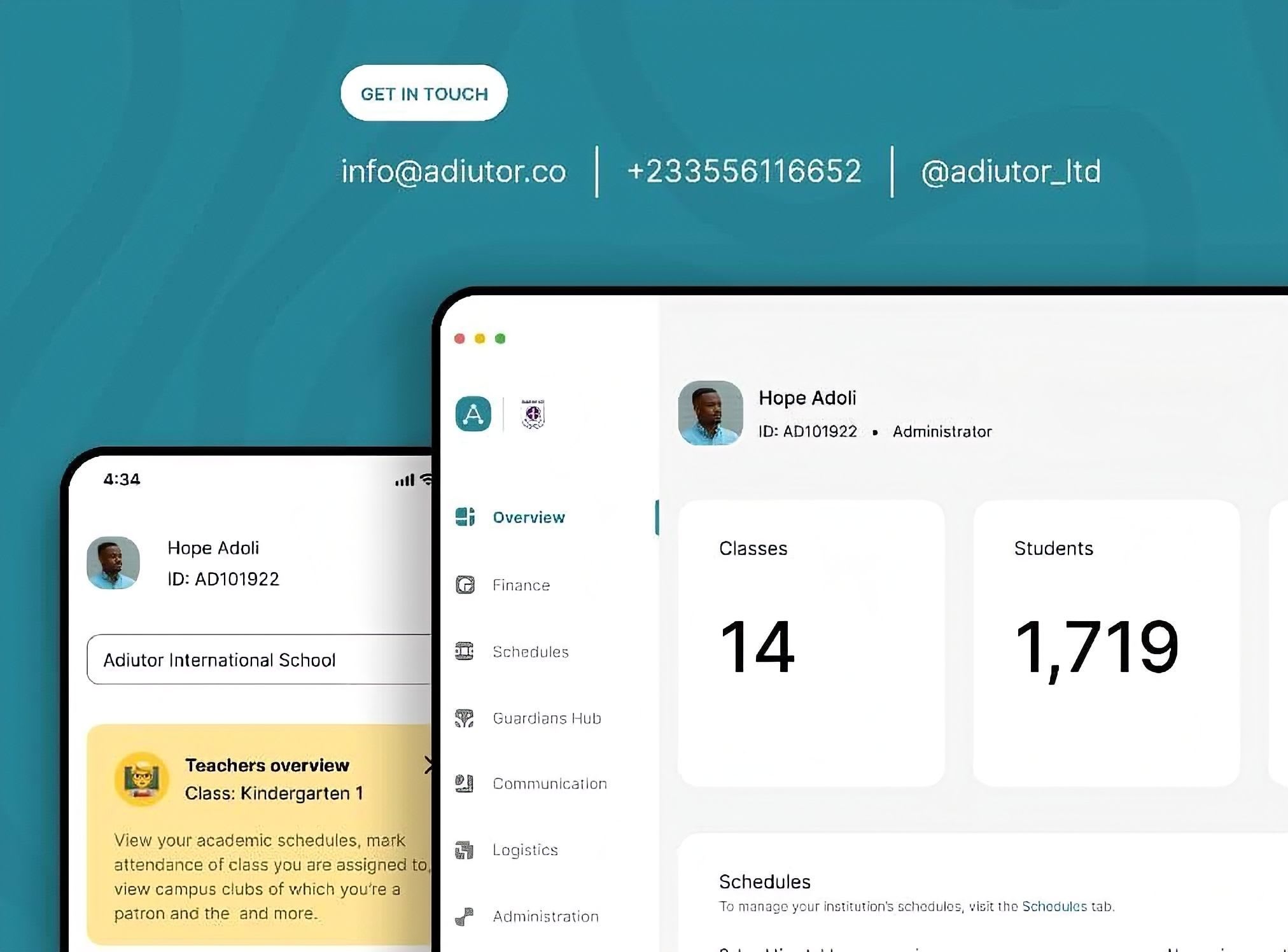Teacher accountability and Academic achievement

Historically, ensuring that teachers meet their responsibilities has morphed from informal community expectations to rigorous, data-driven performance metrics. The intent is clear, to ensure that educators are held responsible for student outcomes. Yet, the reliance on student achievement data to gauge teacher effectiveness introduces complexities that challenge the fairness and validity of such systems (Mendro, 1998). Accountability systems emphasizing standardized assessments have improved student performance in subjects like math and reading (Bergbauer et al., 2018). However, this improvement comes with a caveat: the potential narrowing of curriculum and teaching to the test.
The Tools of Accountability
In every teacher performance report, lies the question of measurement. These metrics aim to provide a holistic view of a teacher's performance. Key metrics often include student achievement data, which can be measured through standardized test scores and improvements in student grades. These quantitative measures, while significant, should be contextualized with qualitative data such as classroom observations, student feedback, and peer reviews. As combining these diverse data points helps form a more comprehensive picture of a teacher's impact on their students, and also helps to identify areas of strength and opportunities for professional growth.
Student and parent feedback also plays a crucial role in the teacher accountability process. Surveys and feedback forms capture students' perceptions of their learning experiences and the effectiveness of their teachers. Similarly, input from parents provides an external perspective on how well teachers communicate and engage with families. Collectively, these tools of teacher accountability help to ensure that educators are not only meeting academic standards but also addressing the social and emotional needs of their students, ultimately contributing to a well-rounded and effective education system. Value-Added Models (VAM) which have also gained some traction recently, attempt to isolate a teacher's contribution to student learning, factoring out external influences. While theoretically appealing, their practical application is fraught with challenges. VAM approaches can have both intended and unintended consequences, including ethical concerns and methodological limitations (Knight et al., 2012).
Concerning the variability in student populations, teachers in under-resourced schools often face hurdles like high absenteeism, language barriers, and socio-economic disparities. Usually, teachers feel more accountable for elements within their direct control, such as classroom climate and curriculum, than for factors like parental involvement or student attendance (Mathers & King, 2001)
The Classroom Climate: How Accountability Influences Teaching Practices
Accountability systems inspire teachers to refine their instructional methods, resulting in more effective teaching and improved student performance. Clear performance standards provide educators with specific goals, promoting a culture of high expectations and continuous growth. Holding teachers to uniform standards helps ensure that all students, regardless of their background, receive a high-quality education. This focus on equity motivates schools to address achievement gaps more effectively.
To meet established standards, teachers often participate in targeted training and reflective activities (either organized by the school or personal professional development), which speed up their professional growth and enhance classroom practices. Feedback from accountability systems offers valuable insights, helping educators recognize their strengths and identify areas for improvement.
As the popular saying goes, too much of everything is bad. Step inside a classroom influenced by high-pressure accountability, and you might notice subtle shifts in how lessons are delivered. Teachers may feel compelled to stick rigidly to curricula aligned with standardized tests, potentially stifling the creative, student-centered approaches that foster deep learning.
High-stakes accountability systems often create an environment where teachers prioritize measurable outcomes over exploratory learning. Such systems can inadvertently undermine teacher collaboration, as educators focus on individual performance metrics rather than shared educational goals (Valli et al., 2007). This pressure reshapes classroom goal structures by often promoting performance-based goal orientations, where success is narrowly defined by test scores rather than holistic student development (Hinnant-Crawford, 2019). This focus can lead to a 'teach-to-the-test' mentality, limiting opportunities for critical thinking and creativity.

Adiutor
Adiutor means "helper" - we do just that, by taking a load of your school administration and helping you focus on what matters most: the kids.
References
Bergbauer, A., Hanushek, E., & Woessmann, L. (2018). Testing with accountability improves student achievement.
Dizon-Ross, R. (2018). How does school accountability affect teachers?
Hinnant-Crawford, B. (2019). Legislating instruction in urban schools: Unintended consequences of accountability policy on teacher-reported classroom goal structures.
Knight, S., Edmondson, J., Lloyd, G. M., Arbaugh, F., Nolan, J., Whitney, A., & McDonald, S. P. (2012). Examining the complexity of assessment and accountability in teacher education.
Mathers, J. K., & King, R. (2001). Teachers' perceptions of accountability. Retrieved from
Mendro, R. L. (1998). Student achievement and school and teacher accountability.
Rosenblatt, Z., & Shimoni, O. (2001). Teacher accountability: An experimental field study.
Schalock, H. D. (1998). Student progress in learning: Teacher responsibility, accountability, and reality.
Valli, L., Croninger, R. G., & Walters, K. (2007). Who (else) is the teacher? Cautionary notes on teacher accountability systems.
